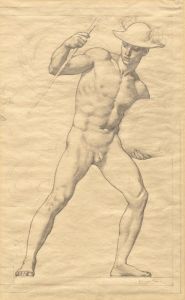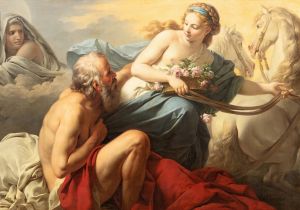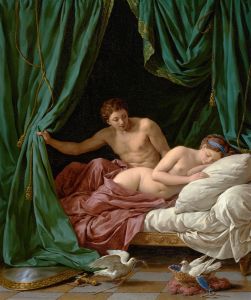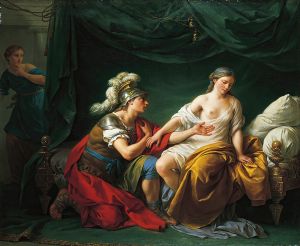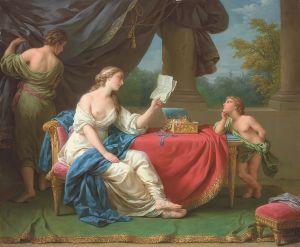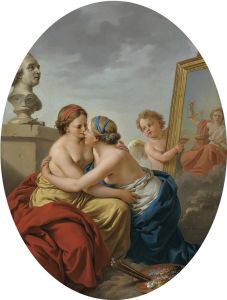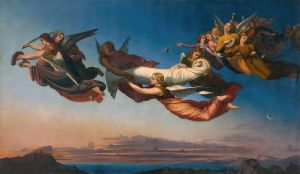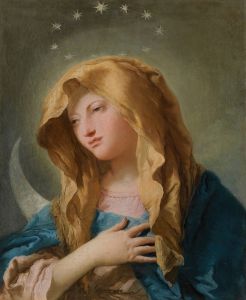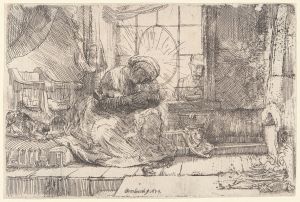
Le triomphe de Flore
A hand-painted replica of Louis-Jean-François Lagrenée’s masterpiece Le triomphe de Flore, meticulously crafted by professional artists to capture the true essence of the original. Each piece is created with museum-quality canvas and rare mineral pigments, carefully painted by experienced artists with delicate brushstrokes and rich, layered colors to perfectly recreate the texture of the original artwork. Unlike machine-printed reproductions, this hand-painted version brings the painting to life, infused with the artist’s emotions and skill in every stroke. Whether for personal collection or home decoration, it instantly elevates the artistic atmosphere of any space.
Louis-Jean-François Lagrenée's painting Le Triomphe de Flore (The Triumph of Flora) is a notable example of 18th-century French Rococo art. Lagrenée, born in 1725 and active during the reign of Louis XV, was a prominent painter known for his refined and elegant compositions, often inspired by classical mythology and allegory. This particular work, Le Triomphe de Flore, exemplifies his mastery of mythological themes and his ability to convey grace and harmony through his art.
The painting depicts Flora, the Roman goddess of flowers and spring, surrounded by a lively and idyllic scene. As a central figure in Roman mythology, Flora symbolizes renewal, fertility, and the beauty of nature. In the composition, she is often portrayed as a youthful and radiant figure, adorned with flowers and accompanied by cherubs or other mythological characters. The scene celebrates the abundance and vitality of spring, a recurring theme in Rococo art, which often emphasized lightness, beauty, and the pleasures of life.
Lagrenée's style in Le Triomphe de Flore reflects the influence of his academic training and his exposure to the works of earlier masters, such as François Boucher and Charles-Joseph Natoire. His use of soft, pastel colors, delicate brushwork, and dynamic yet balanced compositions aligns with the Rococo aesthetic, which was characterized by its ornate and decorative qualities. The painting likely served as an allegorical celebration of nature's beauty and the cyclical renewal of life, themes that resonated with the tastes of the French aristocracy during the 18th century.
Lagrenée was a member of the French Royal Academy of Painting and Sculpture and held prestigious positions throughout his career, including director of the French Academy in Rome. His works were highly regarded during his lifetime, and he received numerous commissions from royal and noble patrons. While Le Triomphe de Flore is not as widely known as some of his other works, it remains an important example of his artistic contributions to the Rococo movement.
The exact date of the painting's creation and its current location are not definitively documented in available sources. However, it is consistent with Lagrenée's oeuvre, which often explored classical and mythological subjects with a focus on elegance and refinement. Further research into archival records or museum collections may provide additional details about this specific work.







